Table of Contents
OPAL
Species : Hydrated Silica
Opal is a mesmerizing hydrated amorphous form of silica (SiO₂·nH₂O), known for dazzling play-of-color and unique internal structure.
What sets opal apart is its signature play-of-color, a stunning optical phenomenon caused by the diffraction of light through tiny, orderly silica spheres within the stone. It creates a vivid spectrum of shifting hues comprising fiery reds, vibrant oranges, electric blues, and lush greens. The finest opals showcase bright, broad flashes of color evenly distributed across the gem, captivating anyone who gazes upon them.
Australia reigns supreme as the world's premier source of precious opal, particularly the legendary Lightning Ridge black opals. They are popular for deep, dark backgrounds that dramatically enhance the vibrant color play. Ethiopia's Wollo and Shewa regions have also emerged as important producers. They offer opals with striking patterns and vibrant colors at more accessible price points. Mexico is the contributor of fire opals, glowing warmly in shades of red, orange, and yellow, prized for their intense, transparent colors.
Being the birthstone for October, it's believed to carry the power of amplification and transformation. Ancient civilizations treasured this gem as a symbol of hope and prophecy. Opal has been associated with creativity, intuition, and emotional healing, making it a gem of brilliance and inner harmony.
In this article, we delve deep into the scientific marvels of opal and what makes each stone so uniquely captivating. For those eager to learn more, we've gone the extra mile and covered some technical FAQs.



General Information
Classification
| Common Name | Opal |
| Species | Hydrated Silica |
Optical Properties
| Birefringence | 0.005-0.009 |
| Dispersion | None measurable (due to amorphous nature) |
| Fluorescence | Variable (commonly inert, but can show green, white, or weak orange glow) |
| Optic Character | Amorphous (no optic character) |
| Optic Sign | None |
| Pleochroism | None |
| Polariscope Reaction | Isotropic (may show anomalous double refraction due to internal stress |
| Refractive Index | 1.37–1.52 (most commonly 1.44) |
| Tolerance | N/A (not crystalline) |
| Transparency | Transparent – Opaque (depends on type and quality) |
Physical Properties
| Cleavage | None |
| Density | 1.98 – 2.25 (g/cm³) |
| Mohs Hardness | 5.5 - 6.5 |
| Fracture | Conchoidal to uneven |
| Luster | Vitreous to subvitreous, waxy, resinous, or pearly |
| Radioactivity: | Not Radioactive |
| Specific Gravity | 1.98 – 2.25 |
| Stability | Fair to good (can be affected by dehydration and sudden temperature changes) |
| Streak | White |
| Luminescence | Variable (some show green, white, or orangey glow under UV light, but many are inert) |
| Toughness | Poor to fair (brittle and prone to cracking or crazing) |
| Reaction to mechanical & temperature stimulus | Neither Piezoelectric, Nor Pyroelectric |
| Inclusions | May show potch (common opal without play-of-color), sand grains, or internal cracks. Synthetic opals may show columnar or snake-skin structures under magnification. |
Chemistry
| Chemistry Classification | Mineraloid (Amorphous Silica) |
| Chemical Formula | SiO₂·nH₂O |
| Chemical Name | Hydrated silicon dioxide |
| Crystal System | Amorphous (no true crystal structure) |
| Molecular Weight | Varies (depends on water content; ~60–65 gm/mol base SiO₂) |
| Molecular Composition | Silicon: ~46.35% Si Oxygen: ~53.65% O + 3–21% water by weight |
The 4Cs of Amethyst
Color
Opals are renowned for their mesmerizing play-of-color. It's a shifting, rainbow-like iridescence across the surface in flashes of red, orange, yellow, green, blue, and violet. The body color, or background hue, can range from white, light gray, and pale yellow (common in white opals) to deep black (in prized black opals), as well as transparent to semi-transparent in crystal opals. The most coveted opals, especially those from Lightning Ridge, Australia, display intense, multi-hued flashes against a dark body tone, making the play-of-color more vivid. Fire opals, primarily from Mexico, are a distinct variety that displays a bright, transparent to translucent, orange to red body color, sometimes with or without play-of-color. The brilliance, pattern, and range of colors determine the value, with broad, vibrant flashes being the most desirable.
Cut
Opal is a hydrated silica known for its mesmerizing play-of-color, caused by light interacting with microscopic silica spheres. With a refractive index between 1.37 and 1.52, opal is typically cut as a cabochon to best showcase its shifting flashes of color. Unlike faceted gems, opal's beauty lies in its surface pattern and light play, which vary with angle and lighting. Freeform and asymmetrical cuts are also popular, especially for boulder and crystal opals. Its unique look makes opal a striking and artistic choice for jewelry.
Clarity
Opals can range from transparent to opaque, and clarity is judged based on both transparency and the presence of inclusions or cracks. In crystal opals, higher transparency and a clean internal structure are preferred to allow the play-of-color to shine without obstruction. In solid opals, the focus is on color clarity and the absence of crazing – tiny, spiderweb-like cracks that can develop due to dryness or age. Potch (common opal without play-of-color) may be present in some stones, which can decrease value unless artfully used in boulder opals. The finest opals are free of visible inclusions or structural flaws and display uninterrupted, vibrant play-of-color across the surface.
Carat
Opal’s specific gravity ranges from 1.98 to 2.25, depending on type and water content. Unlike many gemstones, opals form in a wide range of sizes—from tiny accent stones to large specimens used for carvings or display. Fine-quality opals over 5 carats often command higher per-carat prices due to more vivid play-of-color and broader surface area to display it. However, very large opals can see a dip in per-carat value, especially if the size makes them less practical for wearable jewelry. Demand tends to favor well-proportioned stones with vibrant, balanced color play.
Types of Opal

Pricing as per quality:
| Types of Opal | Characteristics | Opal Price Range (per carat) |
| White Opal | Milky body with soft, pastel-like play-of-color. | $10 – $200 |
| Black Opal | Dark body tone with vivid, high-contrast fire. | $1,000 – $15,000+ |
| Crystal Opal | Transparent with bright, floating color flashes. | $100 – $1,500 |
| Fire Opal {w/color) | Warm-toned body with occasional vibrant play-of-color. | $50 – $500 |
| Boulder Opal | Colorful opal veins with ironstone backing for natural contrast. | $50 – $3,000+ |
| Matrix Opal | Opal sparks infused within host rock like sandstone or ironstone. | $10 – $300 |
| Pink Opal | Soft pink tones, opaque, often Peruvian. | $1 – $25 |
| Green Opal | Smooth, mossy green with waxy luster. | $2 – $30 |
| Blue Opal | Sky to aqua blue, usually opaque or translucent. | $5 – $50 |
| Yellow Opal | Warm yellow tones with smooth finish, often translucent. | $2 – $20 |
| Opalized Wood | Fossilized wood with opal replacement showing organic texture. | $10 – $100 |
| Ethiopian Opal | Vivid color play, often hydrophane and highly transparent. | $20 – $500+ |
| Hydrophane Opal | Water-absorbent opal that changes appearance when wet. | $10 – $300+ |
| Synthetic Opal | Lab-made with repeating, structured color patterns. | $5 – $50 |
History
Opal’s history stretches back at least 6,000 years, with the earliest known artifacts discovered in Kenya and believed to have originated from Ethiopia. The Greeks thought opals could grant the gift of prophecy and protect against disease, while the Romans saw them as symbols of love and hope. The Roman scholar Pliny the Elder, writing in 75 AD, marveled at opal’s kaleidoscopic colors, comparing them to the richest hues used by painters and the fiery brilliance of other precious stones.
The Sanskrit word upala-meaning “precious stone”-is the root of the word “opal,” which traveled through Greek (opallios) and Latin (opalus) before becoming the name we use today.
For centuries, the only known source of opal in Europe was in what is now Slovakia, making it extremely rare and valuable, often reserved for royalty. In the Middle Ages, opal was considered a stone of great luck, believed to possess all the virtues of every colored gemstone it resembled.
Arabic folklore claimed opals fell from the sky in flashes of lightning. Indigenous Australians, whose land would later become the world’s main opal source, assigned the stone cosmic significance, tying it to their Dreamtime stories.
Everything changed in the late 19th century when vast opal fields were discovered in Australia. The first major find was in Queensland in the 1860s, followed by the iconic Lightning Ridge discovery in New South Wales in the late 1880s. By the early 20th century, Australia dominated the opal market, and today, it supplies about 95% of the world’s opals.
Frequently Asked Questions
Q: Are all opals play-of-color opals?
No, only “precious opals” show play-of-color. Common opals lack this effect and appear opaque or milky without colorful flashes.
Q: How much water is in opal?
Opal typically contains 3-21% water by weight, which influences its stability and durability.
Q: Why do opals sometimes crack or craze?
Loss of water due to drying or sudden temperature changes can cause internal stress, leading to cracking or crazing.
Q: What are the main types of opal?
The main types include black opal, white opal, crystal opal, fire opal, and boulder opal, each distinguished by background color and transparency.
Q: What makes black opal special?
Black opal has a dark body tone that creates a dramatic contrast, enhancing the vibrancy of the play-of-color.
Q: Can opal be treated or enhanced?
Yes, treatments include dyeing, impregnation with resins, and sugar-acid treatments to improve color or stability.
Q: Is opal isotropic or anisotropic?
Opal is isotropic. Hence, its optical properties are the same in all directions.
Q: What causes the body color of opal?
Body color arises from impurities, the density of silica spheres, and the amount of water within the stone.
Q: What is a “harlequin” pattern in opal?
The harlequin pattern features large, distinct patches of play-of-color arranged in a checkerboard-like pattern. It’s highly prized by collectors.
Visited 468 No. of Time(s), 28 Visit(s) Today
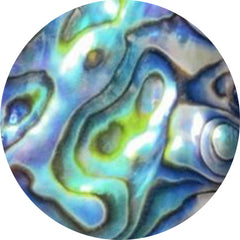 Abalone shell (122)
Abalone shell (122)
 Actinolite (1)
Actinolite (1)
 Affordable gemstones (17067)
Affordable gemstones (17067)
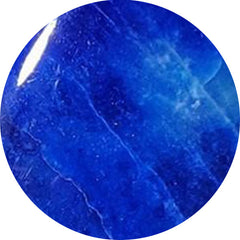 Afghanite (7)
Afghanite (7)
 Agate (2480)
Agate (2480)
 Agua nueva (11)
Agua nueva (11)
 All gemstones (1)
All gemstones (1)
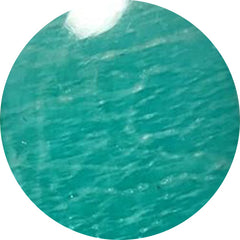 Amazonite (153)
Amazonite (153)
 Amber (116)
Amber (116)
 Amethyst (571)
Amethyst (571)
 Ametrine (22)
Ametrine (22)
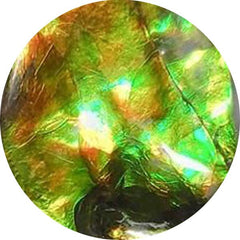 Ammolite (25)
Ammolite (25)
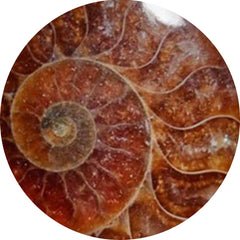 Ammonite (70)
Ammonite (70)
 Andalusite (1)
Andalusite (1)
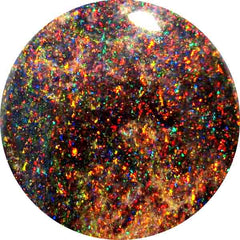 Andamooka opal (0)
Andamooka opal (0)
 Andesine (0)
Andesine (0)
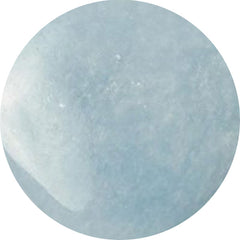 Angelite (28)
Angelite (28)
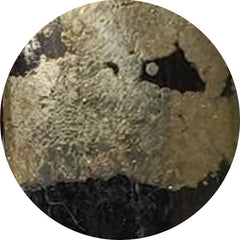 Apache gold (22)
Apache gold (22)
 Apatite (134)
Apatite (134)
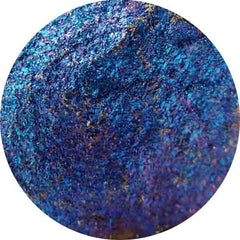 Apophyllite (1)
Apophyllite (1)
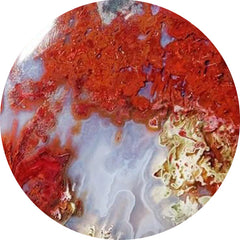 Apple valley agate (0)
Apple valley agate (0)
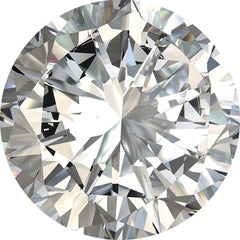 April birthstone (1844)
April birthstone (1844)
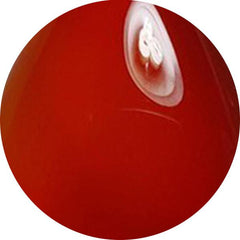 Aqeeq (0)
Aqeeq (0)
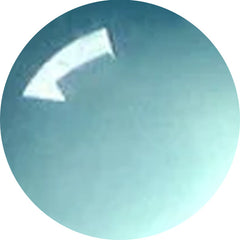 Aqua chalcedony (18)
Aqua chalcedony (18)
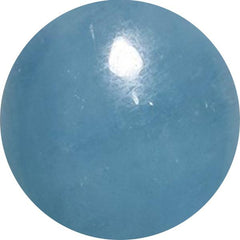 Aquamarine (77)
Aquamarine (77)
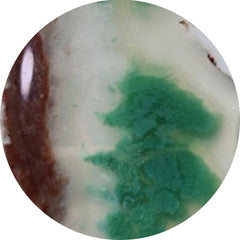 Aquaprase (64)
Aquaprase (64)
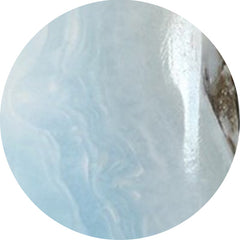 Aragonite (16)
Aragonite (16)
 Arfvedsonite (12)
Arfvedsonite (12)
 Aristolite (0)
Aristolite (0)
 Arizona turquoise (0)
Arizona turquoise (0)
 Arnioceras semicostatum fossil (0)
Arnioceras semicostatum fossil (0)
 Asteroid jasper (11)
Asteroid jasper (11)
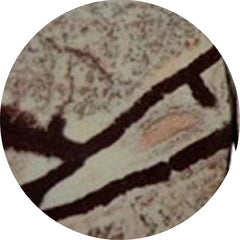 Astrophyllite (54)
Astrophyllite (54)
 Atlantasite (87)
Atlantasite (87)
 August birthstone (92)
August birthstone (92)
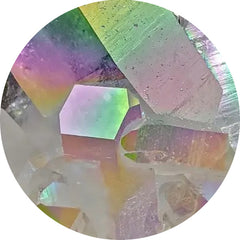 Aura quartz (0)
Aura quartz (0)
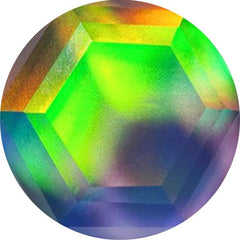 Aurora opal (314)
Aurora opal (314)
 Australian opal (19)
Australian opal (19)
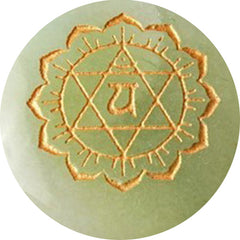 Aventurine (64)
Aventurine (64)
 Azurite (281)
Azurite (281)
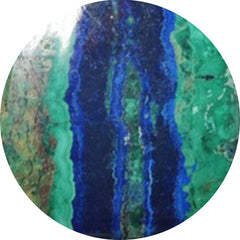 Azurite malachite (19)
Azurite malachite (19)
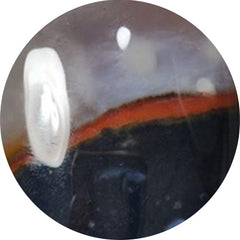 Banded agate (79)
Banded agate (79)
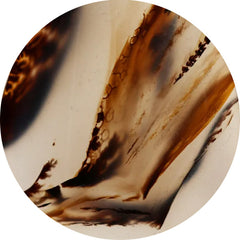 Barber agate (0)
Barber agate (0)
 Barite (13)
Barite (13)
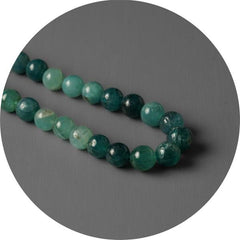 Beads (51)
Beads (51)
 Beer quartz (23)
Beer quartz (23)
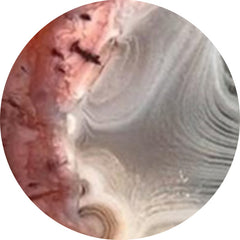 Berber agate (4)
Berber agate (4)
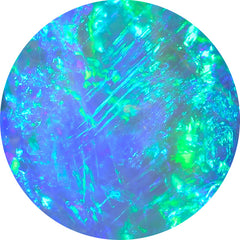 Best seller (0)
Best seller (0)
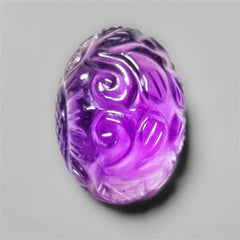 Bestsellers: a selection of our most-loved stones (448)
Bestsellers: a selection of our most-loved stones (448)
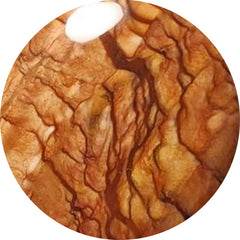 Biggs jasper (29)
Biggs jasper (29)
 Bird carving (104)
Bird carving (104)
 Bird eye jasper (45)
Bird eye jasper (45)
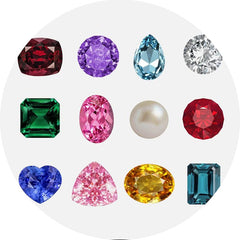 Birthstones (0)
Birthstones (0)
 Biwa pearl (34)
Biwa pearl (34)
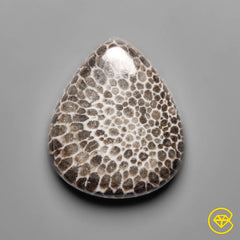 Black gemstones (943)
Black gemstones (943)
 Black onyx (180)
Black onyx (180)
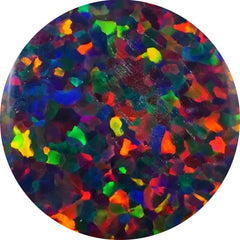 Black opal (33)
Black opal (33)
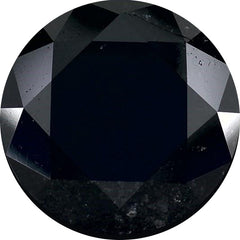 Black spinel (33)
Black spinel (33)
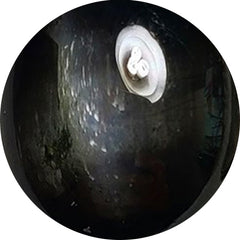 Black star (31)
Black star (31)
 Black tourmaline (77)
Black tourmaline (77)
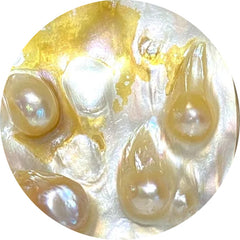 Blister pearl (30)
Blister pearl (30)
 Bloodshot iolite (77)
Bloodshot iolite (77)
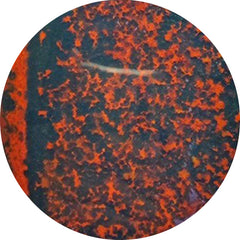 Bloodstone (66)
Bloodstone (66)
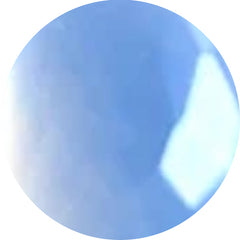 Blue chalcedony (41)
Blue chalcedony (41)
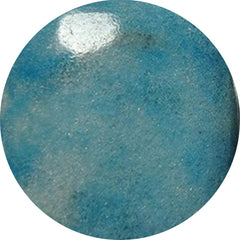 Blue diopside (0)
Blue diopside (0)
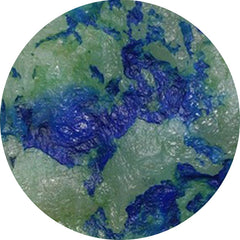 Blue horizon (15)
Blue horizon (15)
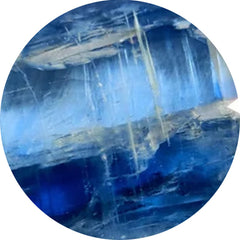 Blue kyanite (34)
Blue kyanite (34)
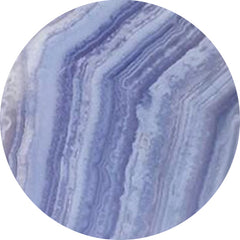 Blue lace agate (256)
Blue lace agate (256)
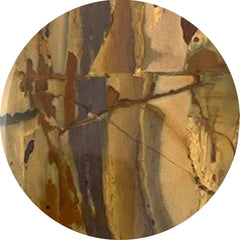 Blue mountain jasper (0)
Blue mountain jasper (0)
 Blue opal (151)
Blue opal (151)
 Blue quartz (40)
Blue quartz (40)
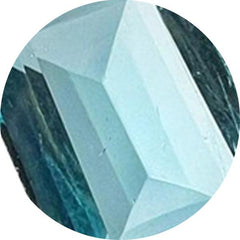 Blue topaz (49)
Blue topaz (49)
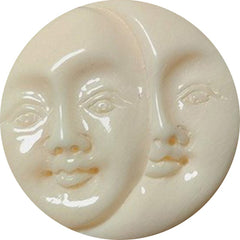 Bone (9)
Bone (9)
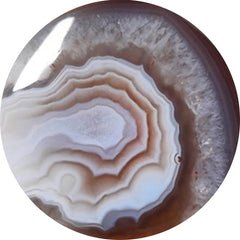 Botswana agate (244)
Botswana agate (244)
 Bronze (0)
Bronze (0)
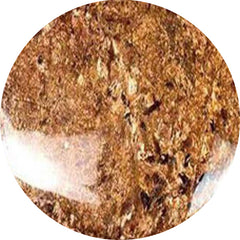 Bronzite (2)
Bronzite (2)
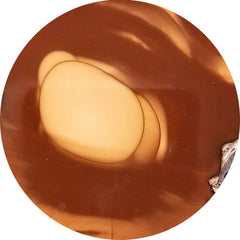 Bruneau jasper (15)
Bruneau jasper (15)
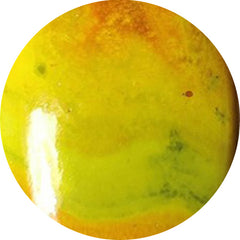 Bumble bee jasper (199)
Bumble bee jasper (199)
 Buy gemstones in usa (859)
Buy gemstones in usa (859)
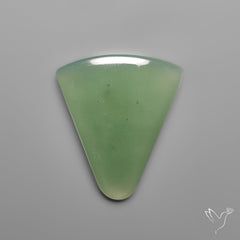 Cabochons (12761)
Cabochons (12761)
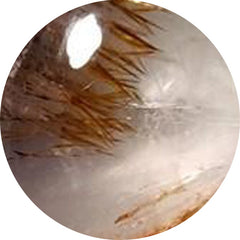 Cacoxenite (65)
Cacoxenite (65)
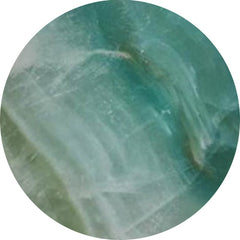 Calcite (220)
Calcite (220)
 Calibrated (136)
Calibrated (136)
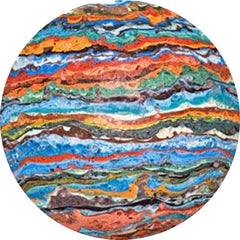 Calsilica (0)
Calsilica (0)
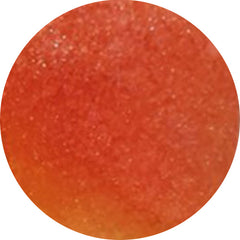 Candy corn (6)
Candy corn (6)
 Cantera opal (18)
Cantera opal (18)
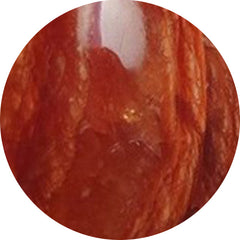 Caramel opal (2)
Caramel opal (2)
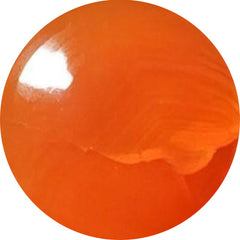 Carnelian (46)
Carnelian (46)
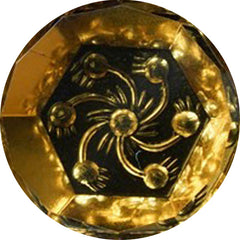 Carving (1782)
Carving (1782)
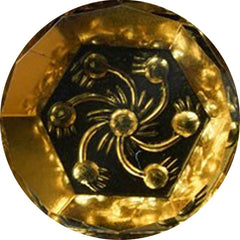 Carvings (2041)
Carvings (2041)
 Cats eye (61)
Cats eye (61)
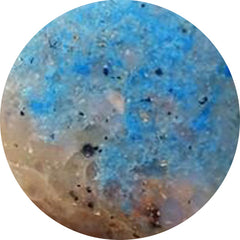 Cavansite (16)
Cavansite (16)
 Celestobarite (7)
Celestobarite (7)
 Ceruleite (0)
Ceruleite (0)
 Chakra stone (31)
Chakra stone (31)
 Chalcedony (444)
Chalcedony (444)
 Charoite (189)
Charoite (189)
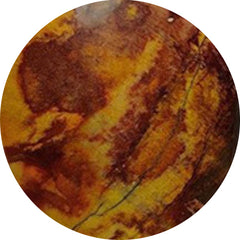 Cherry creek jasper (10)
Cherry creek jasper (10)
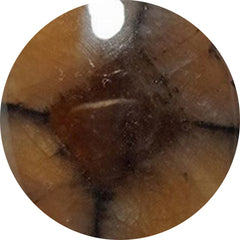 Chiastolite (16)
Chiastolite (16)
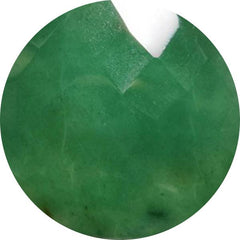 Chrome chalcedony (82)
Chrome chalcedony (82)
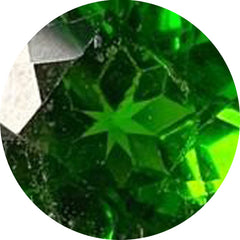 Chrome diopside (20)
Chrome diopside (20)
 Chrysanthemum fossil (0)
Chrysanthemum fossil (0)
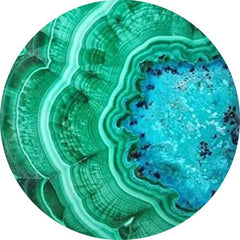 Chrysocolla (407)
Chrysocolla (407)
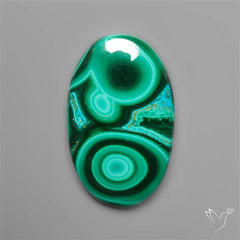 Chrysocolla malachite (76)
Chrysocolla malachite (76)
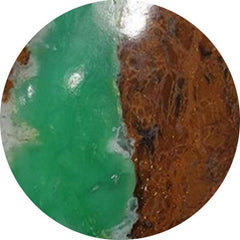 Chrysoprase (321)
Chrysoprase (321)
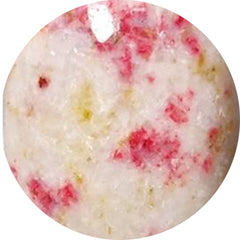 Cinnabar (14)
Cinnabar (14)
 Citrine (110)
Citrine (110)
 Cobalto calcite (66)
Cobalto calcite (66)
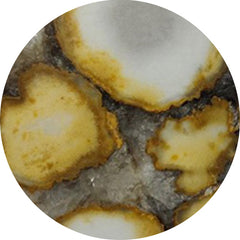 Cobra jasper (30)
Cobra jasper (30)
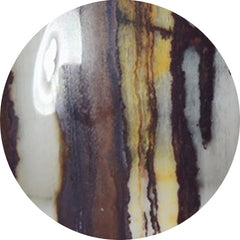 Coconut jasper (2)
Coconut jasper (2)
 Coffee bean jasper (2)
Coffee bean jasper (2)
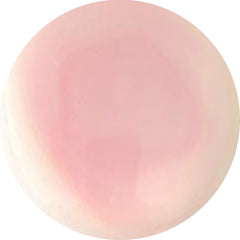 Conch shell (6)
Conch shell (6)
 Coppernite (0)
Coppernite (0)
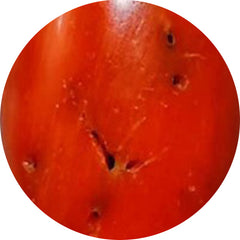 Coral (352)
Coral (352)
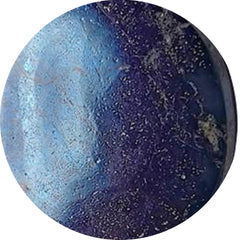 Covellite (4)
Covellite (4)
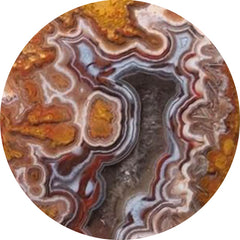 Crazy lace agate (187)
Crazy lace agate (187)
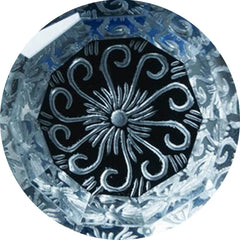 Crystal (204)
Crystal (204)
 Cuprite (26)
Cuprite (26)
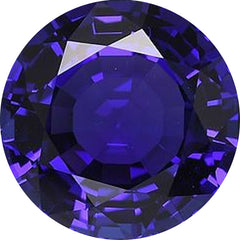 December birthstone (278)
December birthstone (278)
 Dendritic agate (442)
Dendritic agate (442)
 Dendritic opal (75)
Dendritic opal (75)
 Dendritic quartz (2)
Dendritic quartz (2)
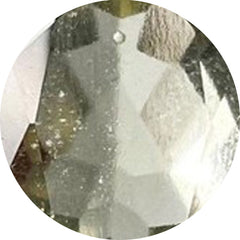 Desert glass (9)
Desert glass (9)
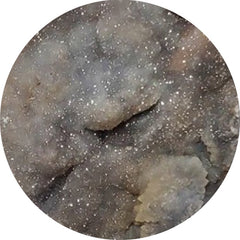 Desert jasper druzy (15)
Desert jasper druzy (15)
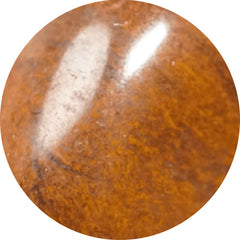 Desert sunset jasper (10)
Desert sunset jasper (10)
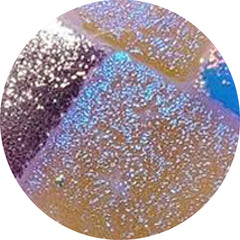 Dichroic glass (145)
Dichroic glass (145)
 Dinosaur bone fossil (3)
Dinosaur bone fossil (3)
 Diopside (54)
Diopside (54)
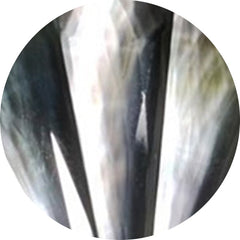 Doublets (876)
Doublets (876)
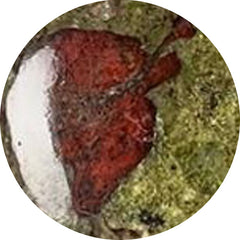 Dragonblood jasper (1)
Dragonblood jasper (1)
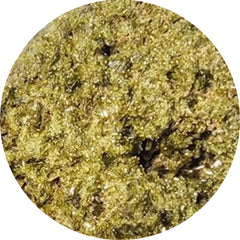 Druzy (419)
Druzy (419)
 Dumortierite (60)
Dumortierite (60)
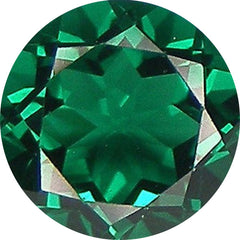 Emerald (63)
Emerald (63)
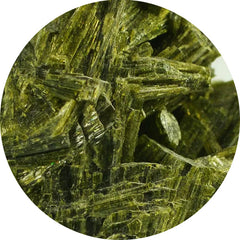 Epidote (10)
Epidote (10)
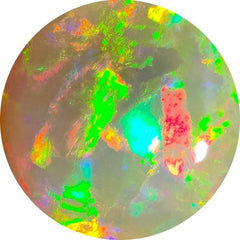 Ethiopian opal (59)
Ethiopian opal (59)
 Eudialyte (11)
Eudialyte (11)
 Faceted rose cut (2442)
Faceted rose cut (2442)
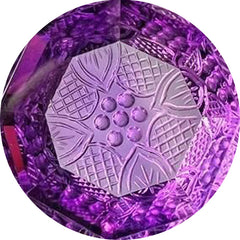 Fantasy cuts (52)
Fantasy cuts (52)
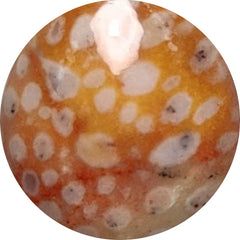 Fawn jasper (13)
Fawn jasper (13)
 Feather agate (0)
Feather agate (0)
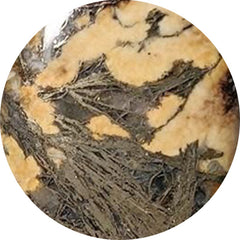 Feather pyrite (39)
Feather pyrite (39)
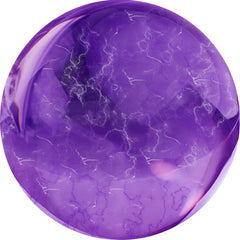 February birthstone (2845)
February birthstone (2845)
 Fine amethyst (32)
Fine amethyst (32)
 Fine ametrine (22)
Fine ametrine (22)
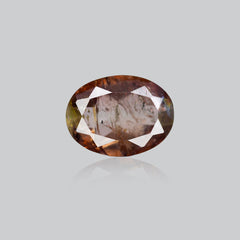 Fine andalusite (1)
Fine andalusite (1)
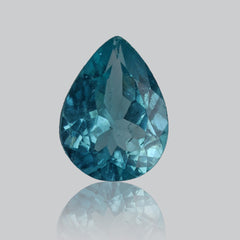 Fine apatite (5)
Fine apatite (5)
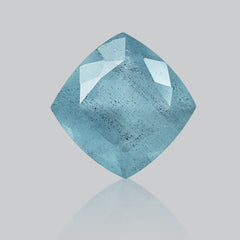 Fine aquamarine (8)
Fine aquamarine (8)
 Fine black opal (6)
Fine black opal (6)
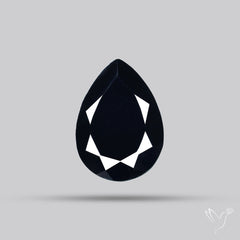 Fine black spinel (14)
Fine black spinel (14)
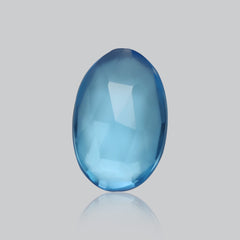 Fine blue topaz (30)
Fine blue topaz (30)
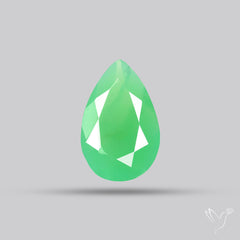 Fine chrysoprase (16)
Fine chrysoprase (16)
 Fine citrine (24)
Fine citrine (24)
 Fine emerald (11)
Fine emerald (11)
 Fine ethiopian opal (18)
Fine ethiopian opal (18)
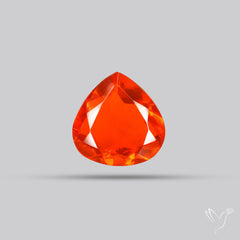 Fine fire opal (7)
Fine fire opal (7)
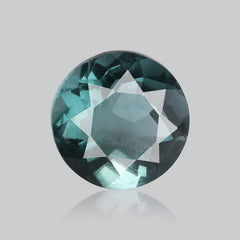 Fine fluorite (12)
Fine fluorite (12)
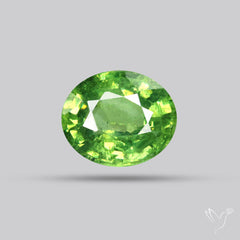 Fine garnet (37)
Fine garnet (37)
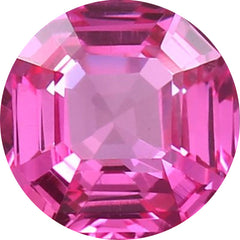 Fine gemstone (0)
Fine gemstone (0)
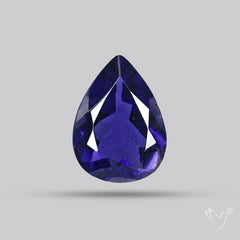 Fine iolite (31)
Fine iolite (31)
 Fine kyanite (28)
Fine kyanite (28)
 Fine lemon quartz (14)
Fine lemon quartz (14)
 Fine lepidocrocite (46)
Fine lepidocrocite (46)
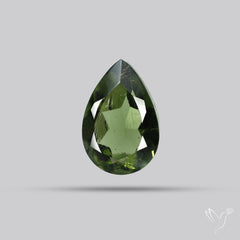 Fine moldavite (21)
Fine moldavite (21)
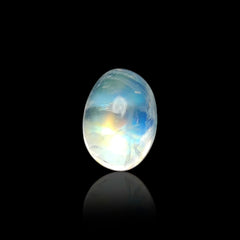 Fine moonstone (7)
Fine moonstone (7)
 Fine peridot (56)
Fine peridot (56)
 Fine prasiolite (26)
Fine prasiolite (26)
 Fine ruby (15)
Fine ruby (15)
 Fine rutilated quartz (19)
Fine rutilated quartz (19)
 Fine sapphire (7)
Fine sapphire (7)
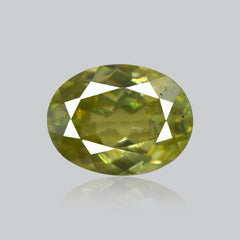 Fine sphene (17)
Fine sphene (17)
 Fine sunstone (79)
Fine sunstone (79)
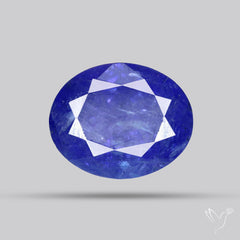 Fine tanzanite (50)
Fine tanzanite (50)
 Fine tourmaline (67)
Fine tourmaline (67)
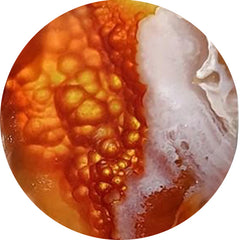 Fire agate (7)
Fire agate (7)
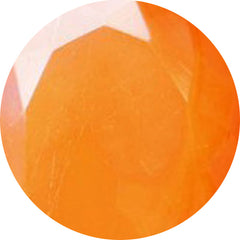 Fire opals (43)
Fire opals (43)
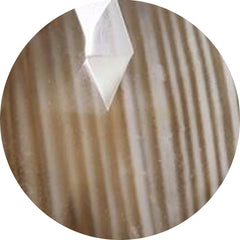 Flint stone (10)
Flint stone (10)
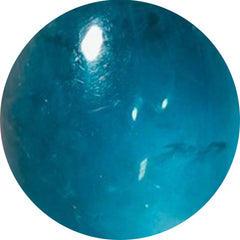 Fluorite (155)
Fluorite (155)
 Fordite (63)
Fordite (63)
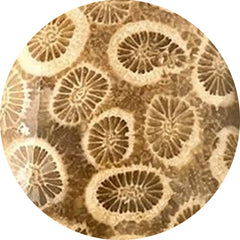 Fossil coral (320)
Fossil coral (320)
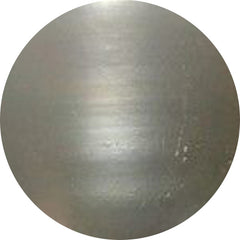 Fossil marston marble (20)
Fossil marston marble (20)
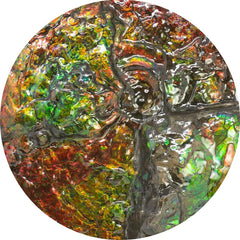 Fossils (513)
Fossils (513)
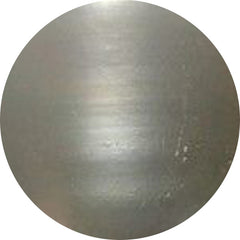 Freshwater pearl (22)
Freshwater pearl (22)
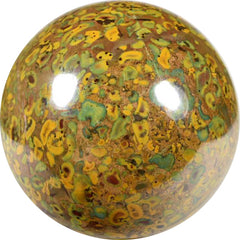 Fruit jasper (14)
Fruit jasper (14)
 Fuchsite (7)
Fuchsite (7)
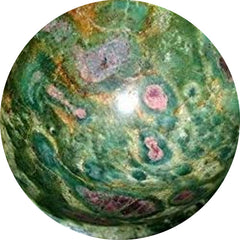 Fuschite (10)
Fuschite (10)
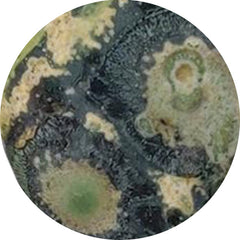 Galaxy jasper (9)
Galaxy jasper (9)
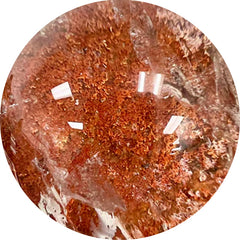 Garden quartz (6)
Garden quartz (6)
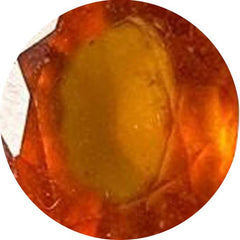 Garnet (119)
Garnet (119)
 Garnet in limestone (36)
Garnet in limestone (36)
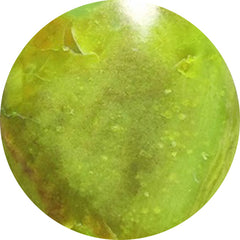 Gaspeite (12)
Gaspeite (12)
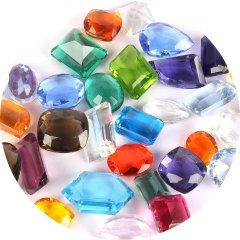 Gemstone lots (438)
Gemstone lots (438)
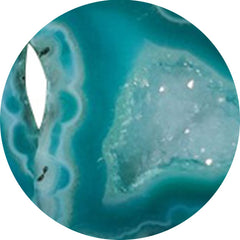 Geode (32)
Geode (32)
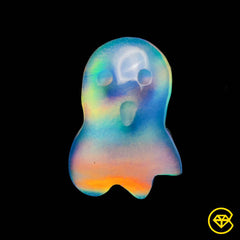 Ghost carving (57)
Ghost carving (57)
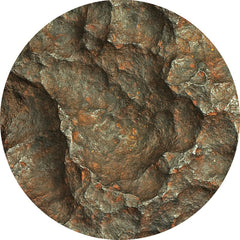 Gibeon meteorite (23)
Gibeon meteorite (23)
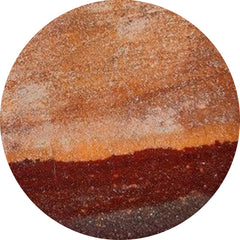 Gila monster agate (16)
Gila monster agate (16)
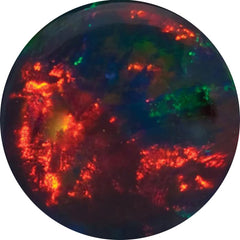 Gilson opal (22)
Gilson opal (22)
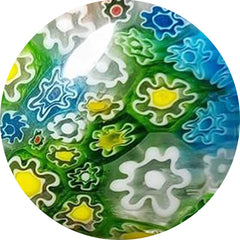 Glass (182)
Glass (182)
 Glow stone (12)
Glow stone (12)
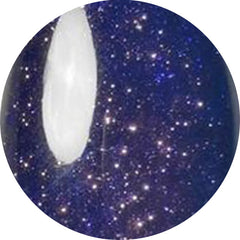 Goldstone (35)
Goldstone (35)
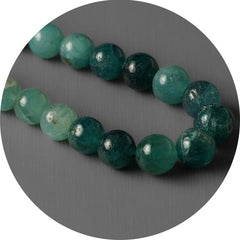 Grandidierite (7)
Grandidierite (7)
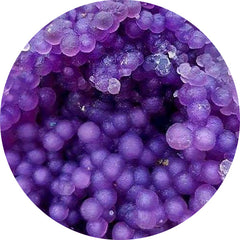 Grape agate (114)
Grape agate (114)
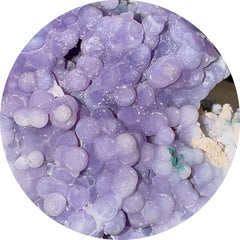 Grape chalcedony (4)
Grape chalcedony (4)
 Green gemstones (447)
Green gemstones (447)
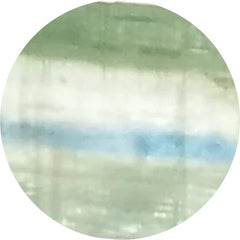 Green kyanite (7)
Green kyanite (7)
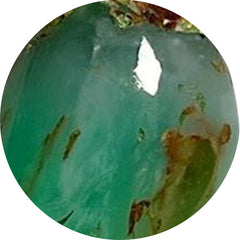 Green prase opal (8)
Green prase opal (8)
 Green tourmaline (24)
Green tourmaline (24)
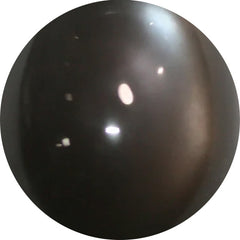 Grey moonstone (31)
Grey moonstone (31)
 Guava quartz (9)
Guava quartz (9)
 Hackmanite (11)
Hackmanite (11)
 Heart carving (350)
Heart carving (350)
 Heart shape gemstones (3)
Heart shape gemstones (3)
 Heliodor (0)
Heliodor (0)
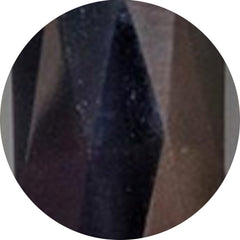 Hematite (37)
Hematite (37)
 Hemimorphite (54)
Hemimorphite (54)
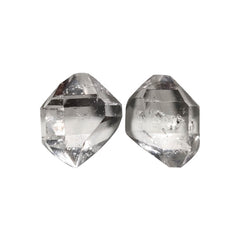 Herkimer diamond (38)
Herkimer diamond (38)
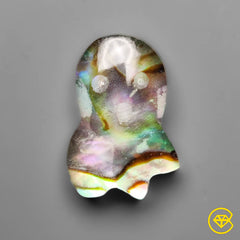 Himalayan quartz (437)
Himalayan quartz (437)
 Honey quartz (19)
Honey quartz (19)
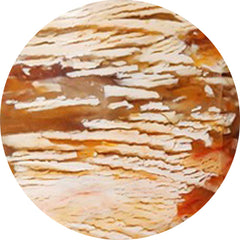 Howardite opal (29)
Howardite opal (29)
 Howlite (4)
Howlite (4)
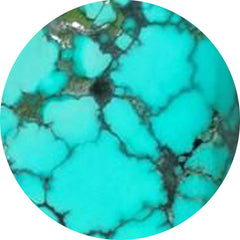 Hubei turquoise (54)
Hubei turquoise (54)
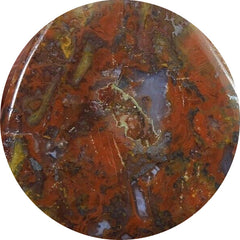 Hungarian agate (1)
Hungarian agate (1)
 Hypersthene (42)
Hypersthene (42)
 Ice quartz (1)
Ice quartz (1)
 Idocrase (1)
Idocrase (1)
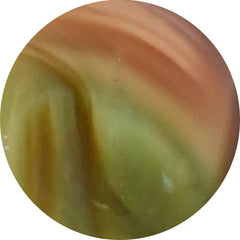 Imperial jasper (115)
Imperial jasper (115)
 Imperial topaz (0)
Imperial topaz (0)
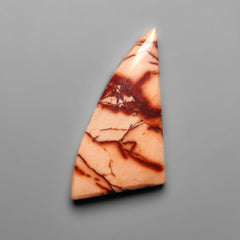 Indian paint stone (5)
Indian paint stone (5)
 Iolite (160)
Iolite (160)
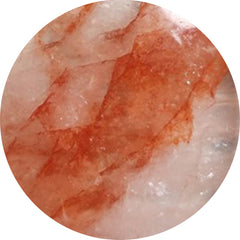 Iron quartz (48)
Iron quartz (48)
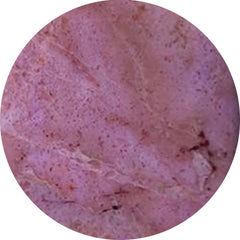 Jade (34)
Jade (34)
 January birthstone (445)
January birthstone (445)
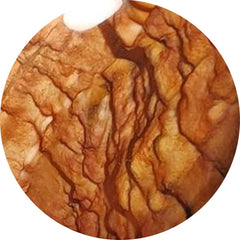 Jaspers (32)
Jaspers (32)
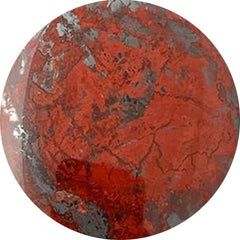 Jaspillite (3)
Jaspillite (3)
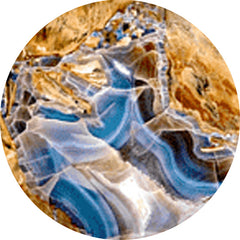 Java chalcedony (16)
Java chalcedony (16)
 July birthstone (551)
July birthstone (551)
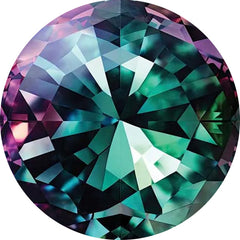 June birthstones: moonstone, pearl, and alexandrite (1055)
June birthstones: moonstone, pearl, and alexandrite (1055)
 K2 jasper (7)
K2 jasper (7)
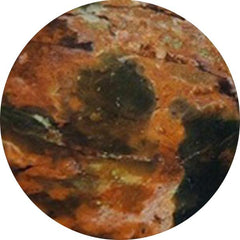 Kaleidoscope agate (0)
Kaleidoscope agate (0)
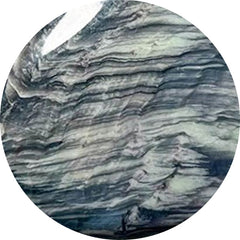 Kammererite (103)
Kammererite (103)
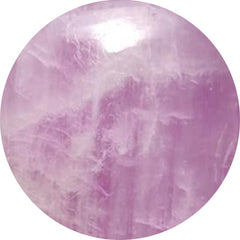 Kunzite (7)
Kunzite (7)
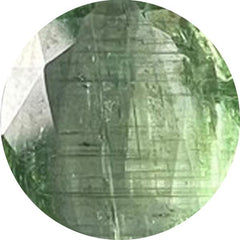 Kyanite (99)
Kyanite (99)
 Labradorite (277)
Labradorite (277)
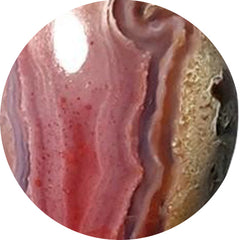 Laguna lace agate (60)
Laguna lace agate (60)
 Lake superior agate (25)
Lake superior agate (25)
 Landscape jasper (0)
Landscape jasper (0)
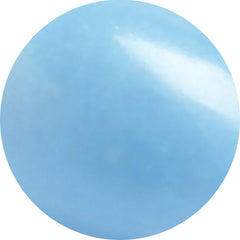 Langite (0)
Langite (0)
 Lapis lazuli (165)
Lapis lazuli (165)
 Larimar (125)
Larimar (125)
 Larsonite (17)
Larsonite (17)
 Larvikite feldspar (46)
Larvikite feldspar (46)
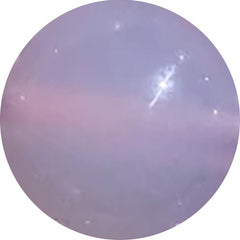 Lavender chalcedony (17)
Lavender chalcedony (17)
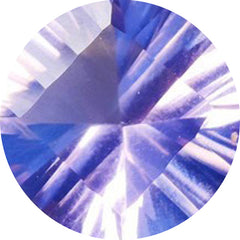 Lavender quartz (5)
Lavender quartz (5)
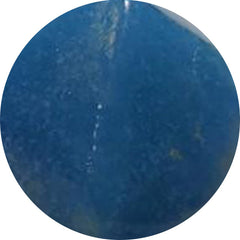 Lazulite (8)
Lazulite (8)
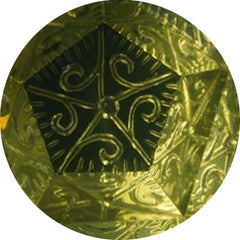 Lemon quartz (44)
Lemon quartz (44)
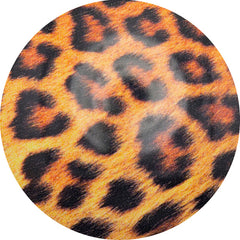 Leopard skin shell (0)
Leopard skin shell (0)
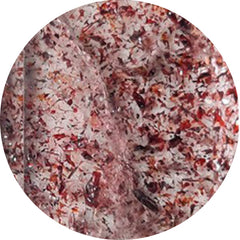 Lepidocrocite (55)
Lepidocrocite (55)
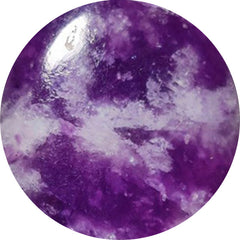 Lepidolite (82)
Lepidolite (82)
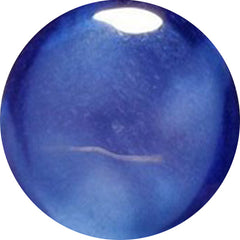 Lindy star sapphire (0)
Lindy star sapphire (0)
 Lizardite (55)
Lizardite (55)
 Lodolite (93)
Lodolite (93)
 London blue topaz (10)
London blue topaz (10)
 Malachite (577)
Malachite (577)
 Maligano jasper (71)
Maligano jasper (71)
 Marcasite (27)
Marcasite (27)
 March birthstone (1458)
March birthstone (1458)
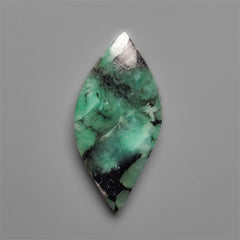 Marquise shape gemstones (5)
Marquise shape gemstones (5)
 Mary ellen jasper (0)
Mary ellen jasper (0)
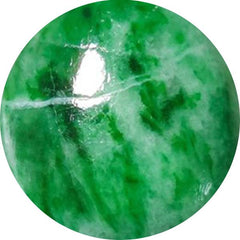 Maw sit sit (15)
Maw sit sit (15)
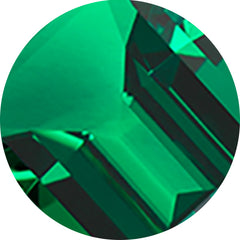 May birthstone (443)
May birthstone (443)
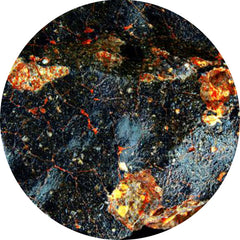 Meteorite (23)
Meteorite (23)
 Mica (45)
Mica (45)
 Midnight quartzite (20)
Midnight quartzite (20)
 Millefiori glass (2)
Millefiori glass (2)
 Mohave turquoise (57)
Mohave turquoise (57)
 Mohawkites (20)
Mohawkites (20)
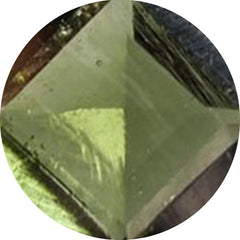 Moldavite (47)
Moldavite (47)
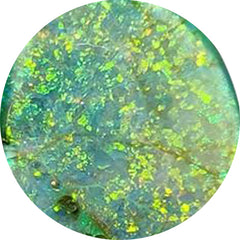 Monarch opal (29)
Monarch opal (29)
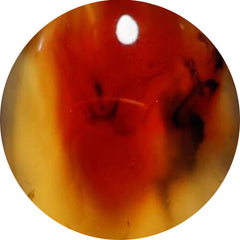 Montana agate (83)
Montana agate (83)
 Mookaite (39)
Mookaite (39)
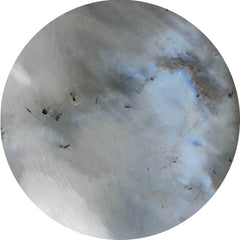 Moonstone (400)
Moonstone (400)
 Morado opal (1)
Morado opal (1)
 Morenci turquoise (39)
Morenci turquoise (39)
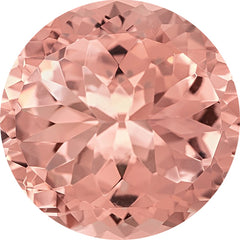 Morganite (0)
Morganite (0)
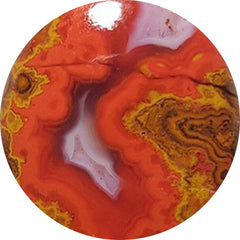 Moroccan seam agate (119)
Moroccan seam agate (119)
 Moss agate (385)
Moss agate (385)
 Mother of pearl (528)
Mother of pearl (528)
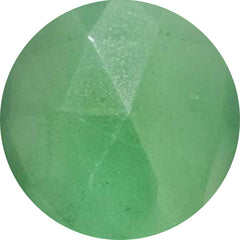 Mtorolite (46)
Mtorolite (46)
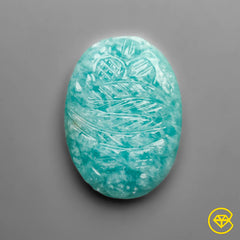 Mughal carving (477)
Mughal carving (477)
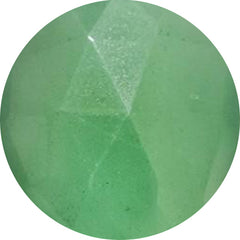 Muscovite (21)
Muscovite (21)
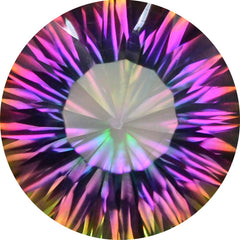 Mystic quartz (1)
Mystic quartz (1)
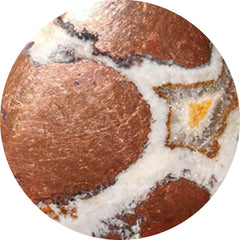 Native copper (34)
Native copper (34)
 Natrolite (26)
Natrolite (26)
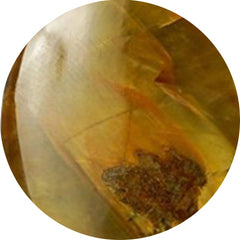 Nellite (6)
Nellite (6)
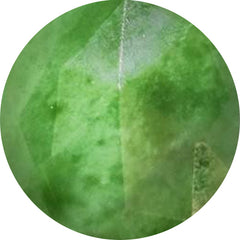 Nephrite jade (2)
Nephrite jade (2)
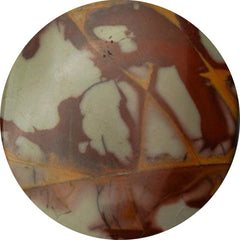 Noreena jasper (28)
Noreena jasper (28)
 November birthstone (158)
November birthstone (158)
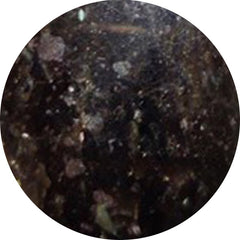 Nuummite (2)
Nuummite (2)
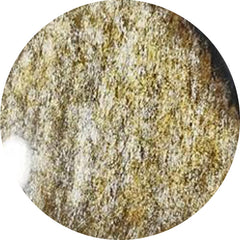 Obsidian (339)
Obsidian (339)
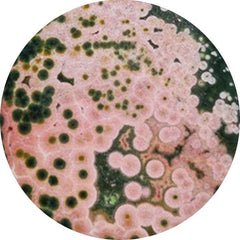 Ocean jasper (253)
Ocean jasper (253)
 October birthstone (1312)
October birthstone (1312)
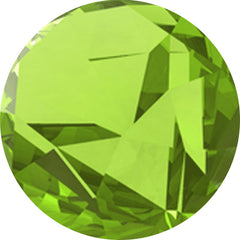 Olive quartz (5)
Olive quartz (5)
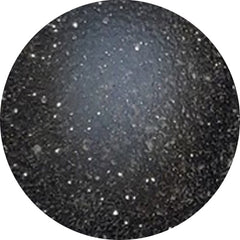 Onyx (287)
Onyx (287)
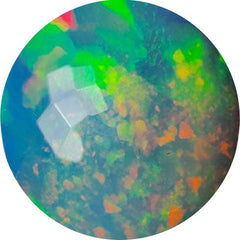 Opal (1083)
Opal (1083)
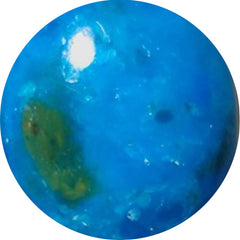 Opalina (11)
Opalina (11)
 Opalite (30)
Opalite (30)
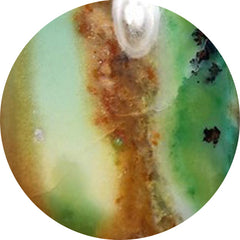 Opalwood (5)
Opalwood (5)
 Orange kyanite (2)
Orange kyanite (2)
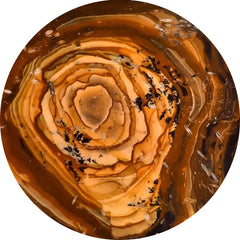 Oregon jasper (7)
Oregon jasper (7)
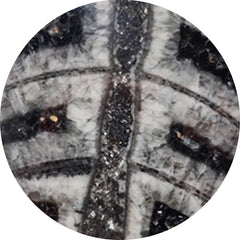 Orthoceras fossil (36)
Orthoceras fossil (36)
 Outback jasper (5)
Outback jasper (5)
 Oval shape gemstones (6)
Oval shape gemstones (6)
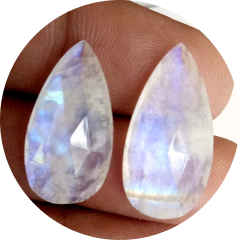 Pairs (945)
Pairs (945)
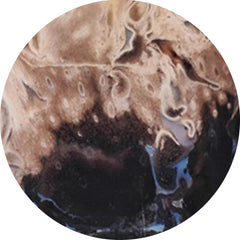 Palmroot agate (92)
Palmroot agate (92)
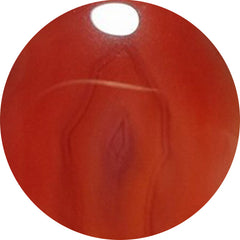 Passion agate (1)
Passion agate (1)
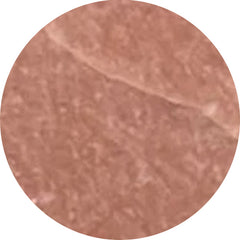 Peach moonstone (45)
Peach moonstone (45)
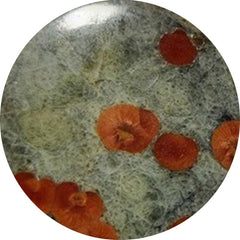 Peanut obsidian (40)
Peanut obsidian (40)
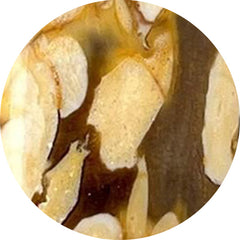 Peanut wood jasper (178)
Peanut wood jasper (178)
 Pear shape gemstones (9)
Pear shape gemstones (9)
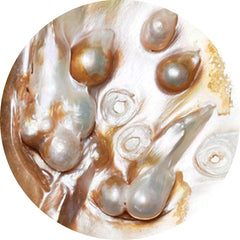 Pearl (655)
Pearl (655)
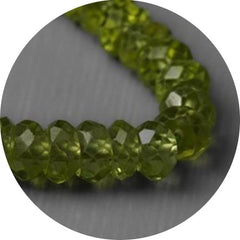 Peridot (59)
Peridot (59)
 Petalite (25)
Petalite (25)
 Petrified wood (55)
Petrified wood (55)
 Phosphosiderite (94)
Phosphosiderite (94)
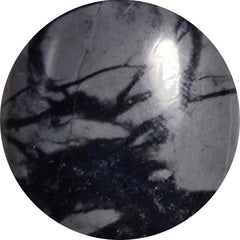 Picasso jasper (81)
Picasso jasper (81)
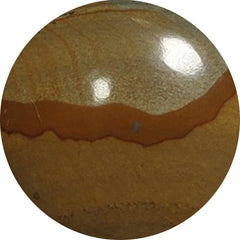 Picture jasper (81)
Picture jasper (81)
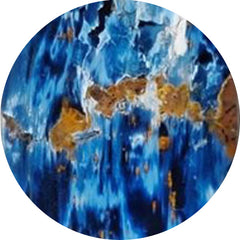 Pietersite (47)
Pietersite (47)
 Pink gemstones (473)
Pink gemstones (473)
 Pink opal (151)
Pink opal (151)
 Pink tourmaline (90)
Pink tourmaline (90)
 Pinolith (35)
Pinolith (35)
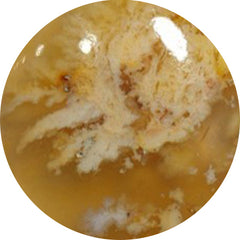 Plume agate (96)
Plume agate (96)
 Polka dot agate (42)
Polka dot agate (42)
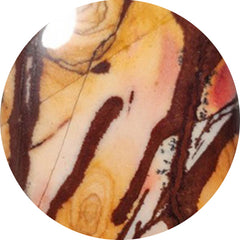 Polychrome jasper (42)
Polychrome jasper (42)
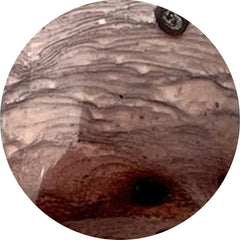 Porcelain jasper (30)
Porcelain jasper (30)
 Prasiolite (45)
Prasiolite (45)
 Prehnite (22)
Prehnite (22)
 Psilomelane (23)
Psilomelane (23)
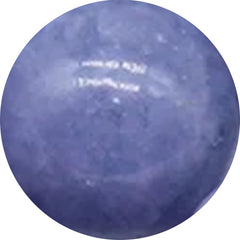 Purple chalcedony (45)
Purple chalcedony (45)
 Purple gemstones (1011)
Purple gemstones (1011)
 Purpurite (7)
Purpurite (7)
 Pyrite (137)
Pyrite (137)
 Quartz (125)
Quartz (125)
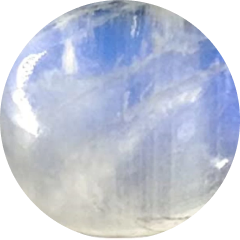 Rain moonstones (0)
Rain moonstones (0)
 Rainbow calcilica (11)
Rainbow calcilica (11)
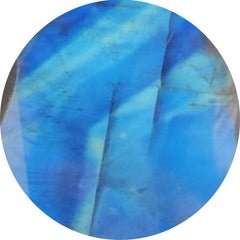 Rainbow moonstone (86)
Rainbow moonstone (86)
 Red coral (8)
Red coral (8)
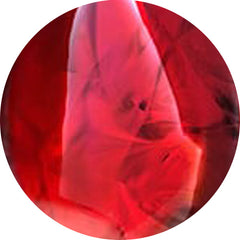 Red fossil (0)
Red fossil (0)
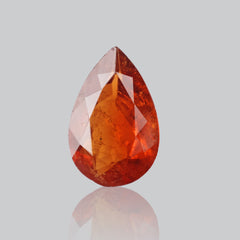 Red gemstones (364)
Red gemstones (364)
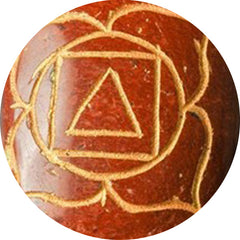 Red jasper (3)
Red jasper (3)
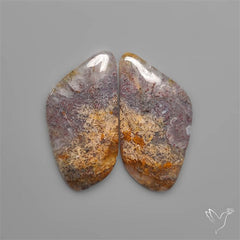 Red moss agate (76)
Red moss agate (76)
 Red river jasper (16)
Red river jasper (16)
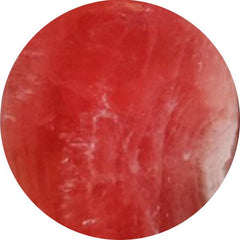 Rhodochrosite (405)
Rhodochrosite (405)
 Rhodonite (81)
Rhodonite (81)
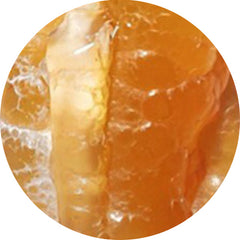 Rock chalcedony (2)
Rock chalcedony (2)
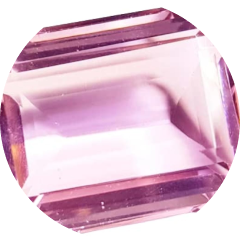 Rose cut gemstones (724)
Rose cut gemstones (724)
 Rose quartz (54)
Rose quartz (54)
 Rosita jasper (10)
Rosita jasper (10)
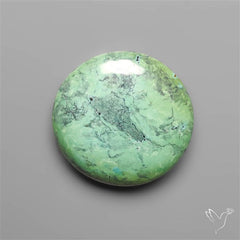 Round shape gemstones (6)
Round shape gemstones (6)
 Ruby (199)
Ruby (199)
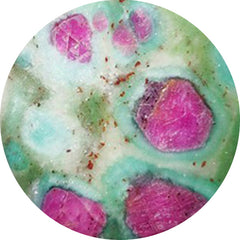 Ruby in fuchsite (6)
Ruby in fuchsite (6)
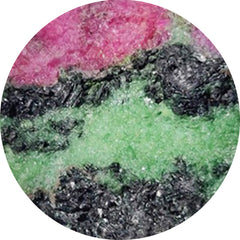 Ruby in zoisite (92)
Ruby in zoisite (92)
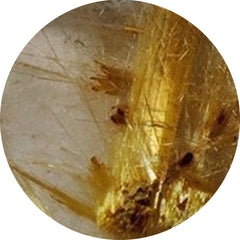 Rutilated quartz (263)
Rutilated quartz (263)
 Sage brush jasper (27)
Sage brush jasper (27)
 Sand dollar fossil (3)
Sand dollar fossil (3)
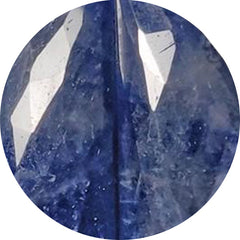 Sapphire (32)
Sapphire (32)
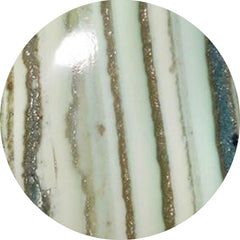 Saturn chalcedony (57)
Saturn chalcedony (57)
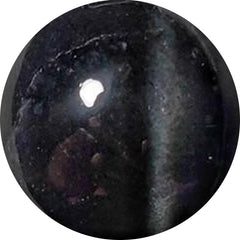 Scapolite (13)
Scapolite (13)
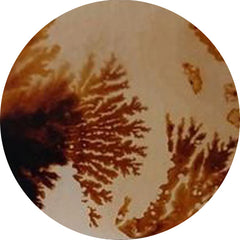 Scenic agate (99)
Scenic agate (99)
 Schalenblende (88)
Schalenblende (88)
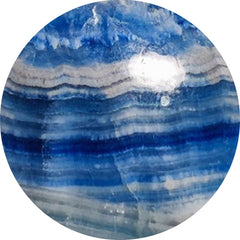 Scheelite (37)
Scheelite (37)
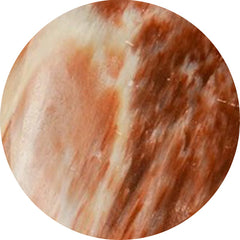 Scolecite (52)
Scolecite (52)
 Sea sediment jasper (0)
Sea sediment jasper (0)
 Selenite (13)
Selenite (13)
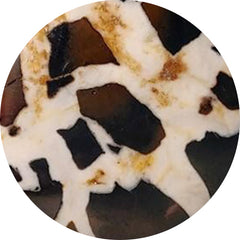 Septarian (92)
Septarian (92)
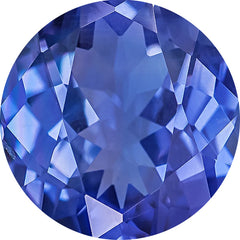 September birthstone (199)
September birthstone (199)
 Seraphinite (81)
Seraphinite (81)
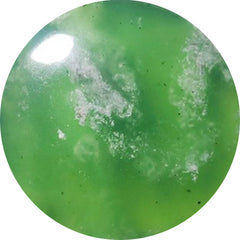 Serpentine (165)
Serpentine (165)
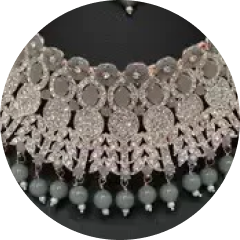 Sets (37)
Sets (37)
 Shattuckite (278)
Shattuckite (278)
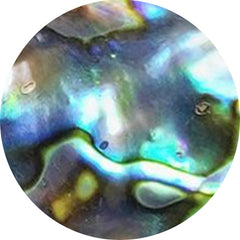 Shell (294)
Shell (294)
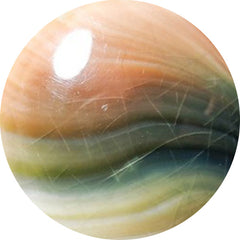 Shiva eye shell (46)
Shiva eye shell (46)
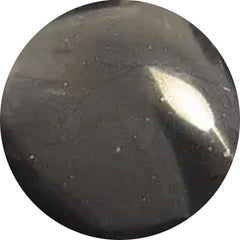 Shungite (4)
Shungite (4)
 Sieber agate (0)
Sieber agate (0)
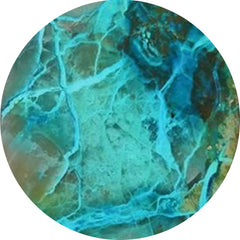 Silica (4)
Silica (4)
 Silver leaf jasper (6)
Silver leaf jasper (6)
 Sky blue topaz (5)
Sky blue topaz (5)
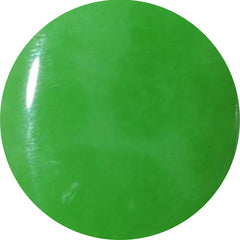 Smithsonite (29)
Smithsonite (29)
 Smoky quartz (23)
Smoky quartz (23)
 Snakeskin jasper (48)
Snakeskin jasper (48)
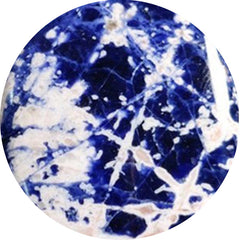 Sodalite (72)
Sodalite (72)
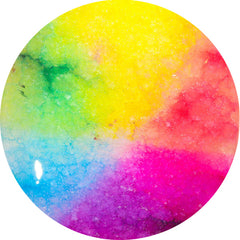 Solar agate (1)
Solar agate (1)
 Solar quartz (51)
Solar quartz (51)
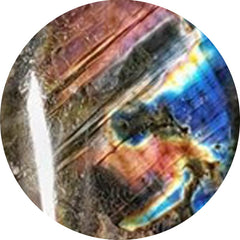 Spectrolite (128)
Spectrolite (128)
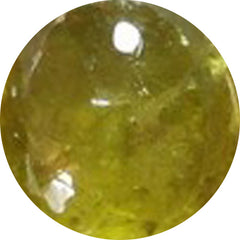 Sphence (25)
Sphence (25)
 Spiderweb jasper (1)
Spiderweb jasper (1)
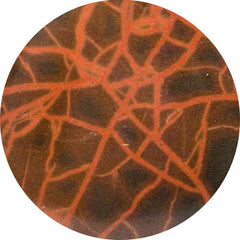 Spiderwoman jasper (0)
Spiderwoman jasper (0)
 Spiny oyster shell (66)
Spiny oyster shell (66)
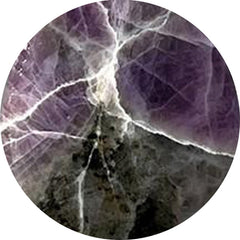 Spurrite (7)
Spurrite (7)
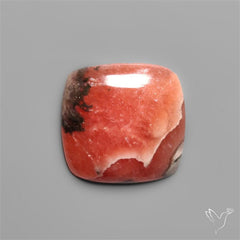 Square shape gemstones (10)
Square shape gemstones (10)
 Starburst (2)
Starburst (2)
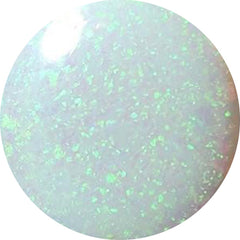 Sterling opal (11)
Sterling opal (11)
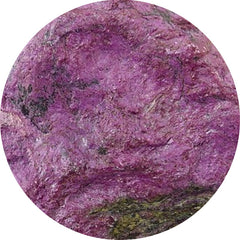 Stichtite (37)
Stichtite (37)
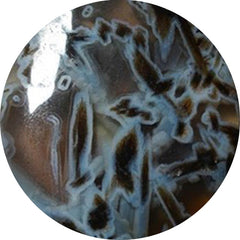 Stick agate (6)
Stick agate (6)
 Stitchtite (121)
Stitchtite (121)
 Stramatolite (0)
Stramatolite (0)
 Strawberry quartz (8)
Strawberry quartz (8)
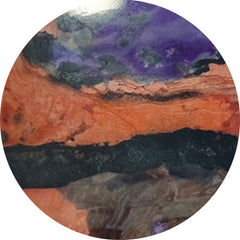 Sugilite (0)
Sugilite (0)
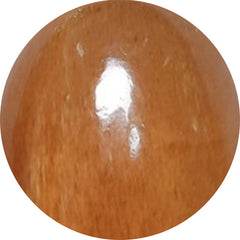 Sunstone (270)
Sunstone (270)
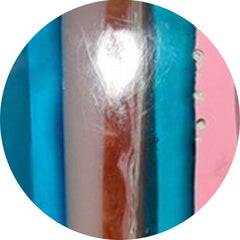 Surfite (1)
Surfite (1)
 Swiss blue topaz (31)
Swiss blue topaz (31)
 Swiss opal (3)
Swiss opal (3)
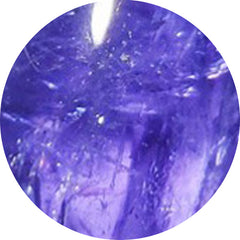 Tanzanite (51)
Tanzanite (51)
 Tanzurine (12)
Tanzurine (12)
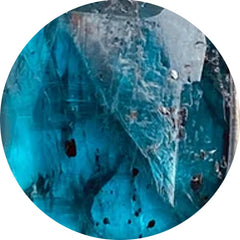 Teal kyanite (9)
Teal kyanite (9)
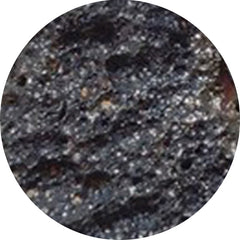 Tektite (42)
Tektite (42)
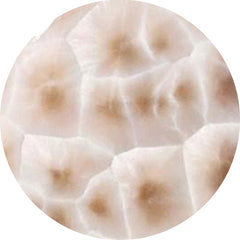 Thomsonite (35)
Thomsonite (35)
 Thulite (80)
Thulite (80)
 Thunder egg agate (0)
Thunder egg agate (0)
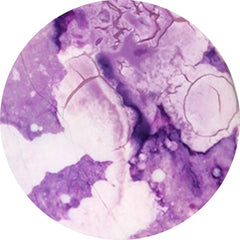 Tiffany stone (6)
Tiffany stone (6)
 Tiger eye (66)
Tiger eye (66)
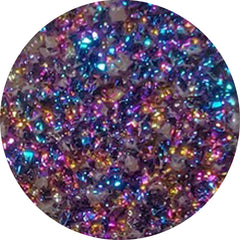 Titanium druzy (5)
Titanium druzy (5)
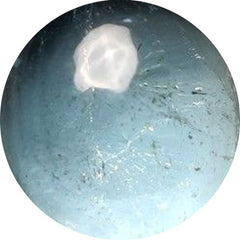 Topaz (49)
Topaz (49)
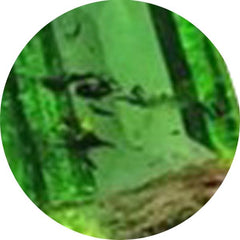 Tourmaline (242)
Tourmaline (242)
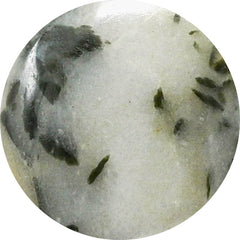 Tourmaline in quartz (86)
Tourmaline in quartz (86)
 Treated opal (35)
Treated opal (35)
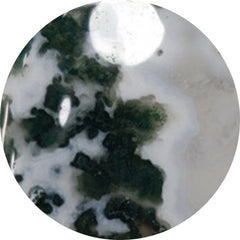 Tree agate (31)
Tree agate (31)
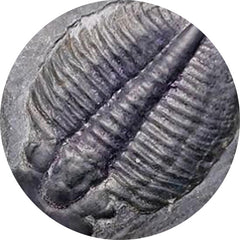 Trilobite fossil (18)
Trilobite fossil (18)
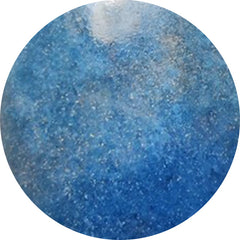 Trolleite quartz (30)
Trolleite quartz (30)
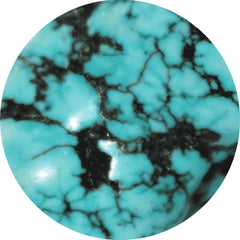 Tumbles (1)
Tumbles (1)
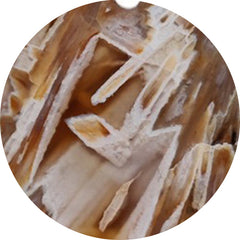 Turkish tube agate (63)
Turkish tube agate (63)
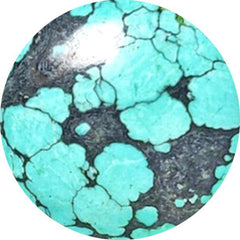 Turquoise (229)
Turquoise (229)
 Turritella jasper (3)
Turritella jasper (3)
 Tuxedo agate (64)
Tuxedo agate (64)
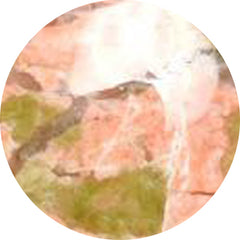 Unakite (3)
Unakite (3)
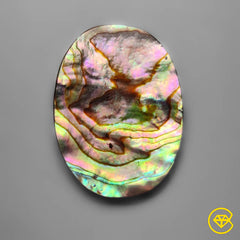 Under $10 (4058)
Under $10 (4058)
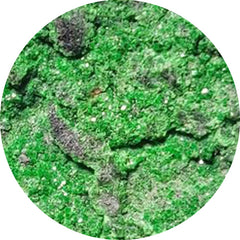 Uvarovite garnet (3)
Uvarovite garnet (3)
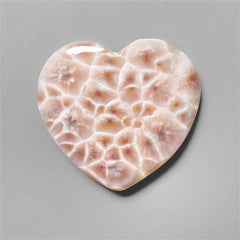 Valentine (802)
Valentine (802)
 Vanadinite druzy (9)
Vanadinite druzy (9)
 Variscite (137)
Variscite (137)
 Vesuvianite (1)
Vesuvianite (1)
 Video collection (265)
Video collection (265)
 Vivianite (1)
Vivianite (1)
 Volcanic cotham marble (7)
Volcanic cotham marble (7)
 Wagul jasper (3)
Wagul jasper (3)
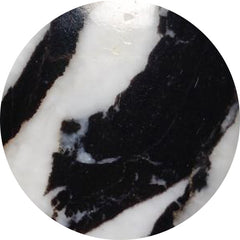 White buffalo turquoise (14)
White buffalo turquoise (14)
 White gemstones (1211)
White gemstones (1211)
 White horse canyon (45)
White horse canyon (45)
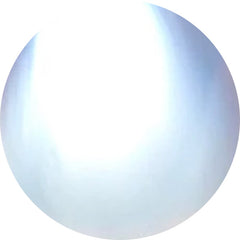 White moonstone (35)
White moonstone (35)
 White opal (11)
White opal (11)
 Wild horse jasper (116)
Wild horse jasper (116)
 Wild horse magnesite (49)
Wild horse magnesite (49)
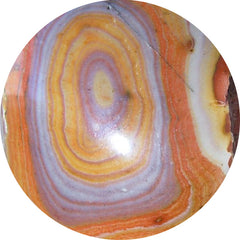 Wonder stone (0)
Wonder stone (0)
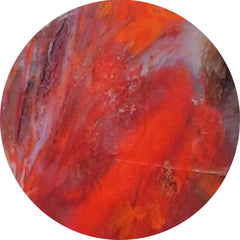 Wood (208)
Wood (208)
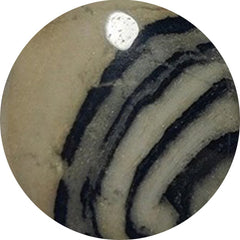 Yavapai travertine (0)
Yavapai travertine (0)
 Yellow gemstones (172)
Yellow gemstones (172)
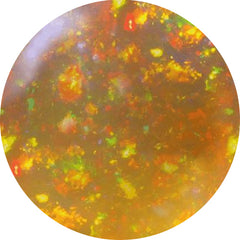 Yellow opal (7)
Yellow opal (7)
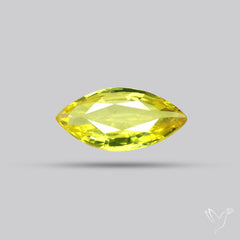 Yellow sapphire (6)
Yellow sapphire (6)
 Yemeni aqeeq (0)
Yemeni aqeeq (0)
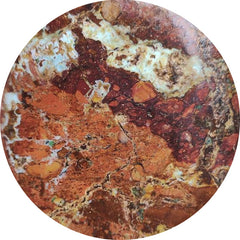 Zarinite (0)
Zarinite (0)
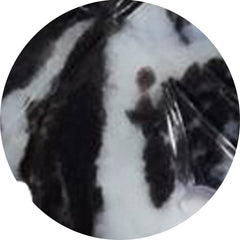 Zebra jasper (1)
Zebra jasper (1)
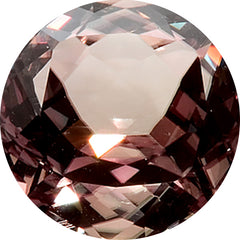 Zultanite (4)
Zultanite (4)






















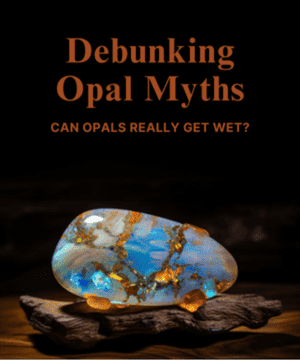

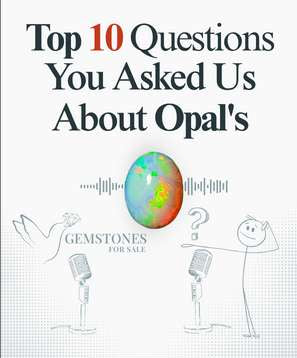






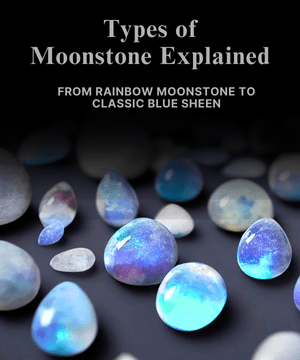



Leave a Comment